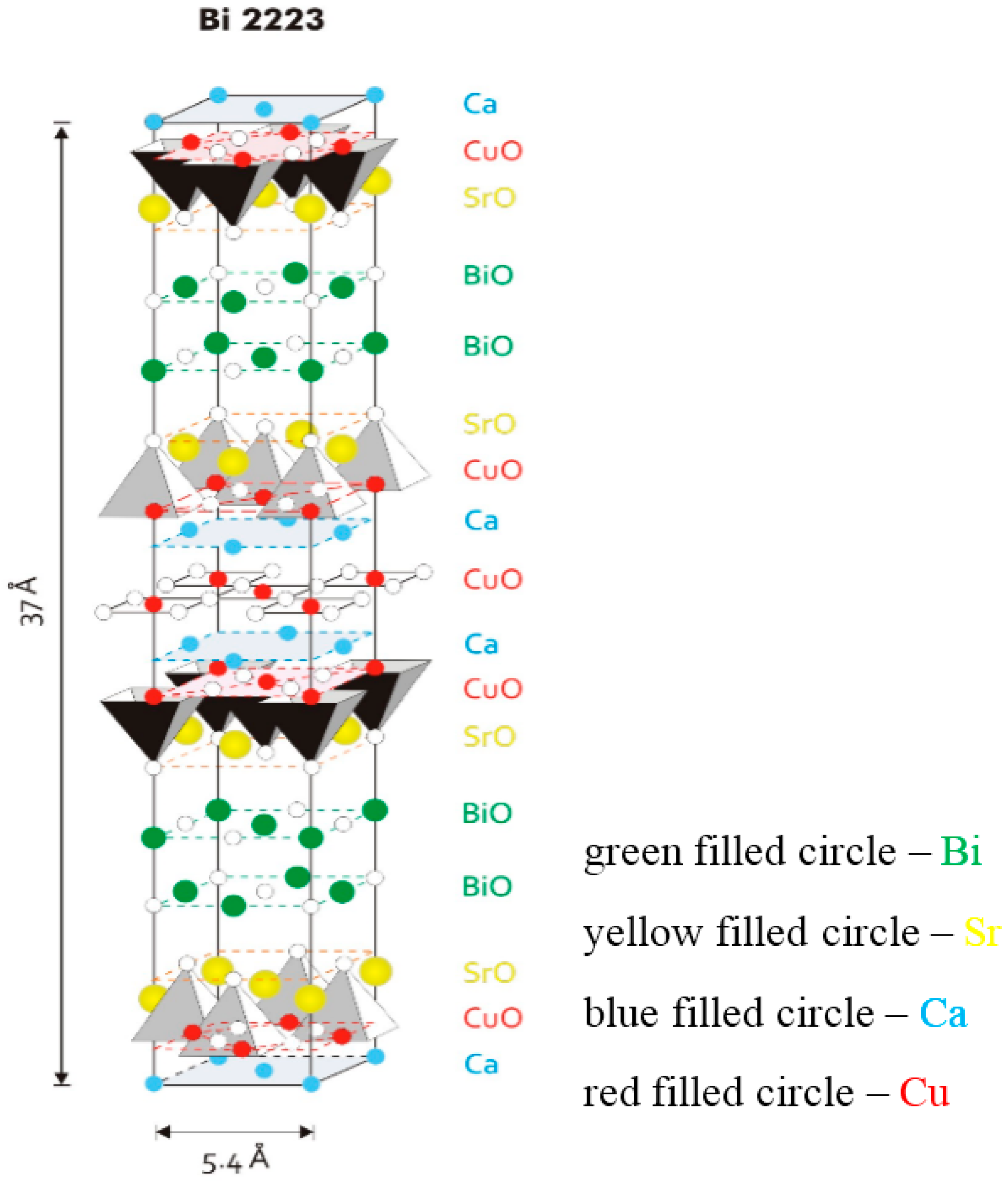
The value of N ( E F ) of CeNi 2B 2C in Table 7 was calculated assuming Ce to be trivalent, i.e.

Probably these phenomena cause the reduced density of states at the Fermi level N ( E F ) (see Table 7) and the absence of Fermi surface nesting. The change of electronic structure caused by the variation of lattice parameters and/or the distortion of the B–Ni–B tetrahedral angle may be one reason for the absence of superconductivity ( Siegrist et al., 1994b Mattheiss et al., 1994). The intermediate valence of Ce cannot be considered as the reason for the absence of superconductivity in CeNi 2B 2C because the intermediate-valence compounds CeRu 3Si 2 and CeRu 2 are superconductors as are their Ce → La homologs ( Rauchschwalbe et al., 1984). From the variation of T c as a function of the lattice-constant ratio a / c one would expect CeNi 2B 2C to be a superconductor (see Figure 6). Interestingly, Ce is stably trivalent in the moderate heavy-fermion system CePt 2B 2C and also in CePd 2B 2C that orders antiferromagnetically at ≈4.5 K ( Mazumdar et al., 2002 Hossain et al., 2002). The fluctuation temperature T sf ≈ 640 K ( Alleno et al., 1995a) is a measure of the hybridization interaction of the 4f electron with the conduction electrons. considering the thermal fluctuations together with quantum interconfiguration fluctuations ( Sales and Wohlleben, 1975). Here “non-magnetic” essentially means that the susceptibility has no Curie-like singularity but remains finite at zero temperature, which can be roughly described by replacing T by ( T + T sf), i.e. Magnetic susceptibility, specific heat and neutron diffraction experiments showed that Ce is essentially non-magnetic and there are no magnetic transitions in CeNi 2B 2C although, as discussed in Section 4.1, Ce 3+ is a Kramers ion and, therefore, it has a magnetic CEF ground state ( Alleno et al., 1995a Carter et al., 1995a Lynn et al., 1997). However, X-ray absorption spectroscopy at the Ce-L III edge ( Alleno et al., 1995a) yields a valence of Ce in CeNi 2B 2C of 3.26, which is slightly smaller than the well-known saturation value of 3.3 ( Röhler, 1987). The approximate valence Ce +3.75 obtained by interpolation points to an intermediate valence of cerium in this compound ( Siegrist et al., 1994a, 1994b). Neither the trivalent nor the tetravalent radius for Ce falls on the corresponding straight lines.


The lattice parameters of CeNi 2B 2C do not fit the linear relationship found for the other RNi 2B 2C compounds (see Figure 29).


 0 kommentar(er)
0 kommentar(er)
